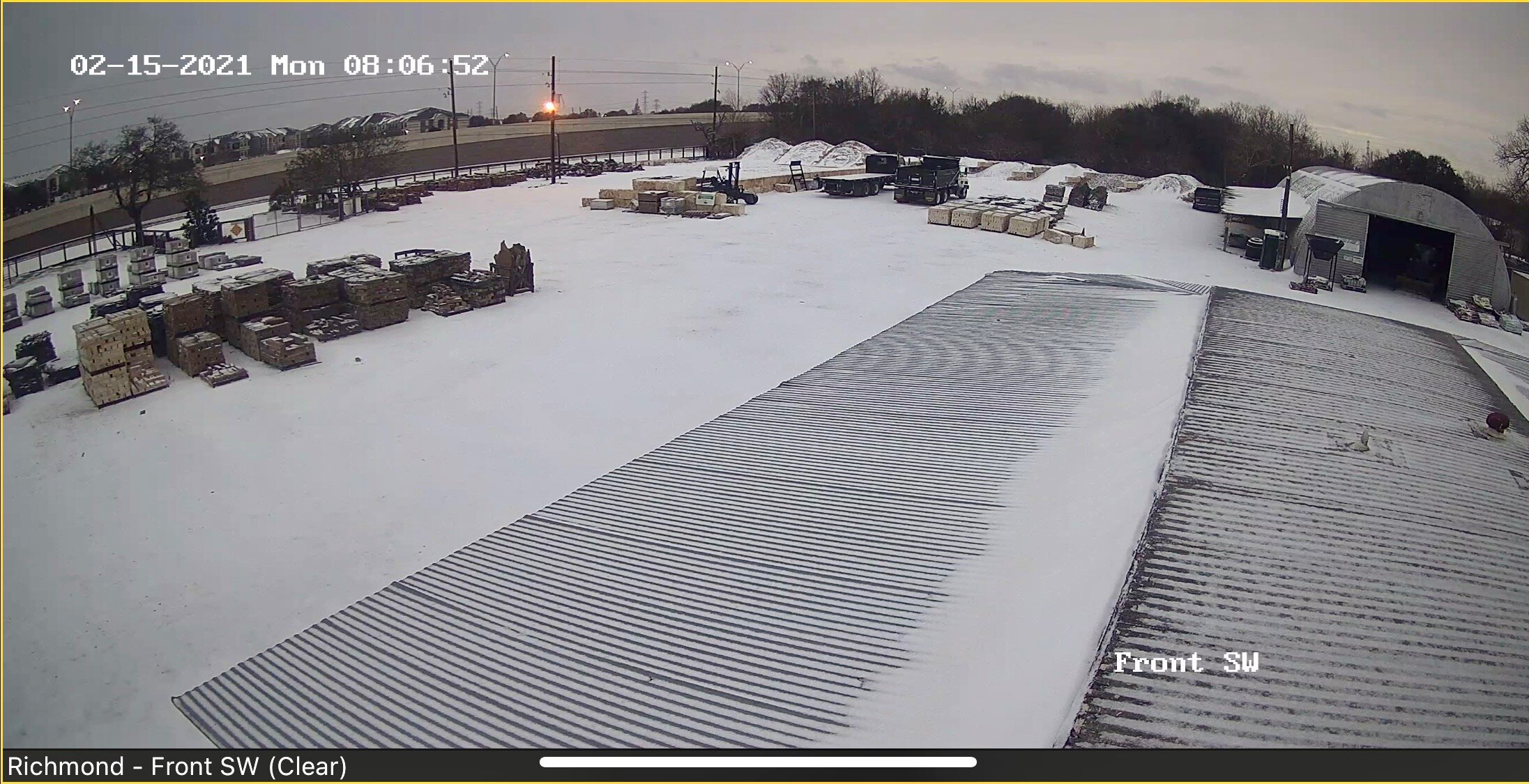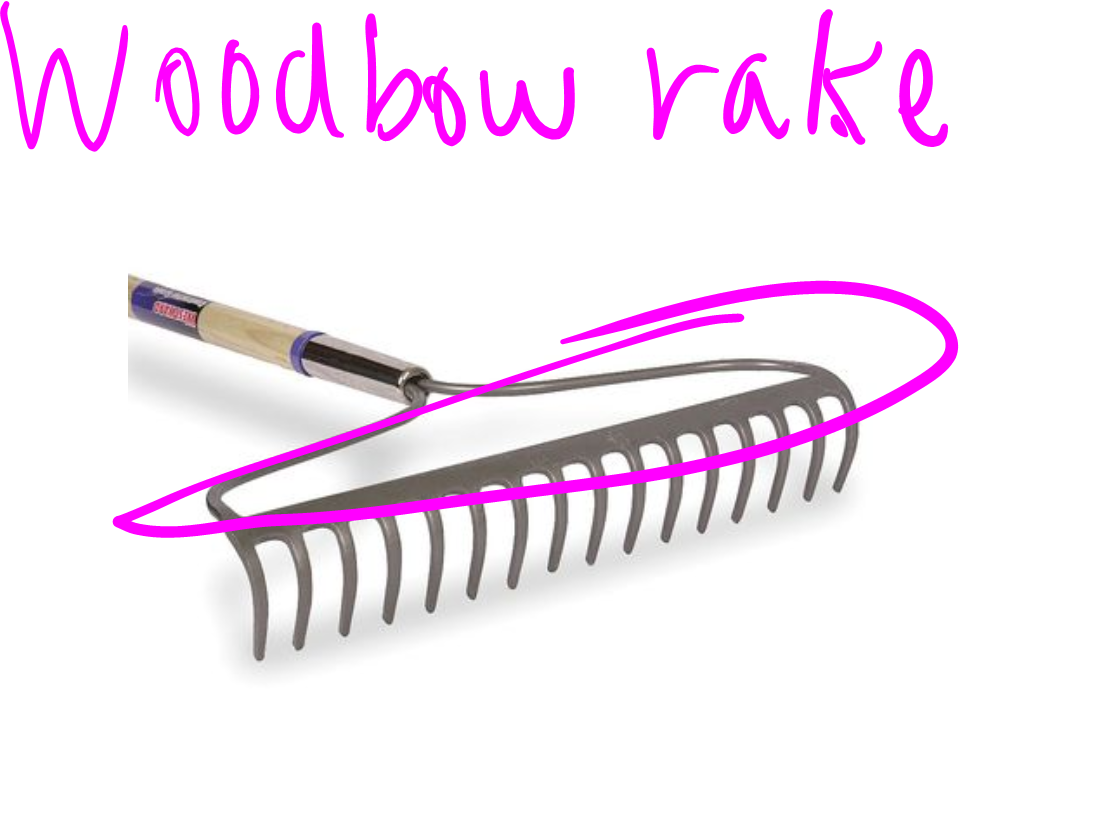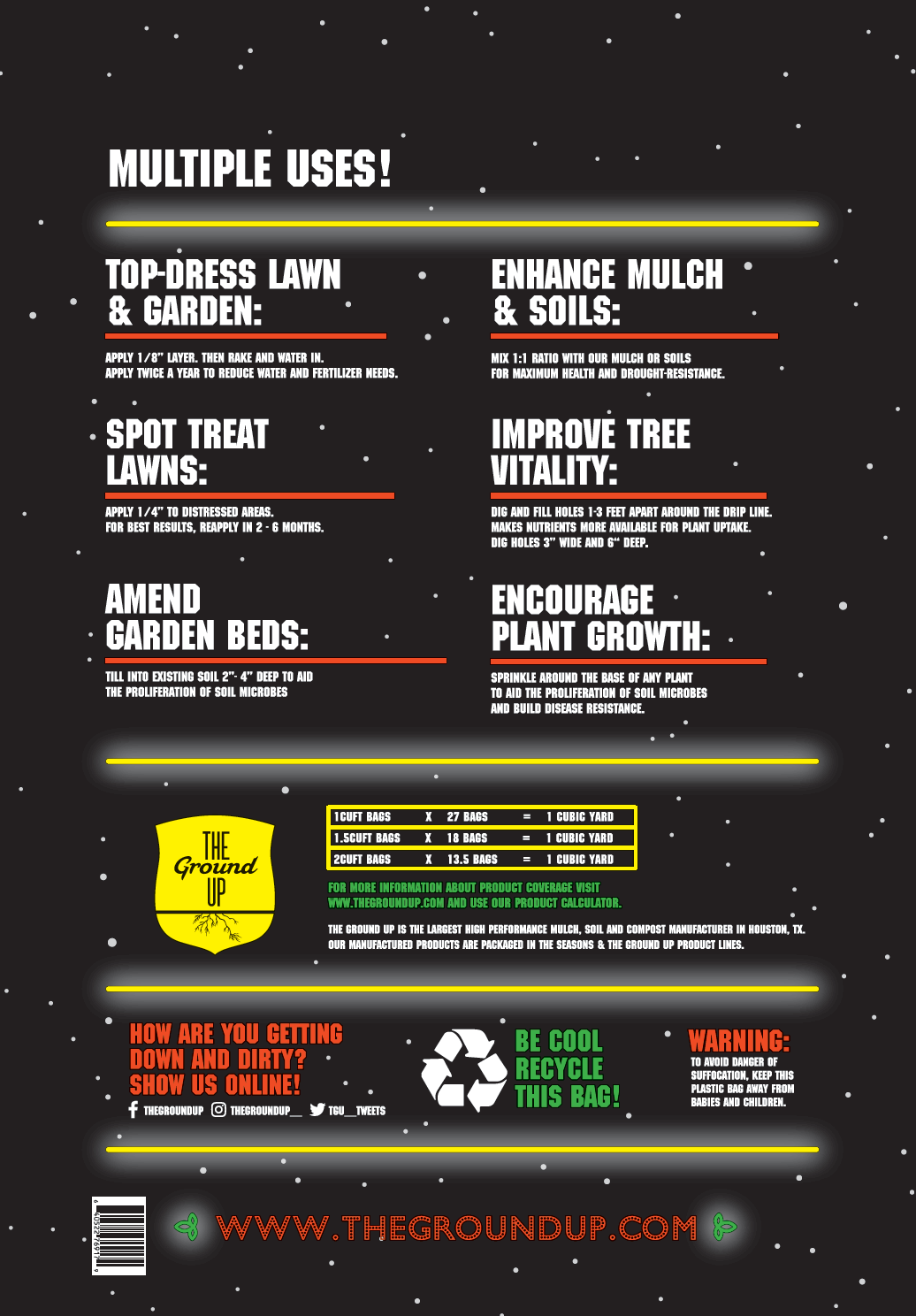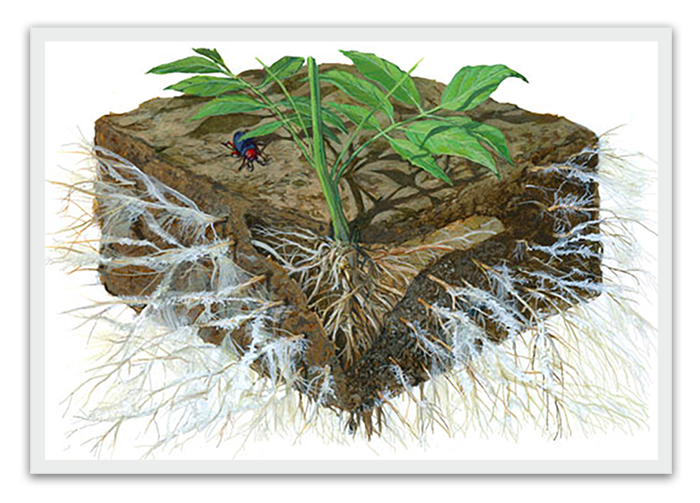Horticultural Freeze Recovery After Uri!
First off, if you weren’t aware, they did name this winter storm Uri! So, after Uri, there’s a bit of a horticultural Armageddon we will all be facing. But if I can impart a bit of “patience” on the cleanup and cut back is because we still have another night of freezing temperatures ahead. So, for those of you anxious to get out and start cutting back and removing bits and pieces that you think is dead, let’s hold off until at least next week. I think it’ll be better if we let the 60 & 70 degree highs set in for a few days before I suggest the major cleanup and cutback begins.
I suspect we will be cleaning out more than ever before, and cutting back more than ever compared to any other freeze we’ve had since 2011. And if you’ve ever seen my rules on Freeze Recovery for the Landscape, there’s really no changes, but I still thought it was worth revising a bit here and there, no thanks to Uri!
While the rules below and pretty consistent with regards to past freezes and even what happened in late January of this year, the first thing I want everyone doing on Friday morning is removing any ‘trunk covers/wraps” because we’ve got to get them breathing as soon as possible. Plus, by getting a sneak- peak at these trunks before any cutback and/or removal, we’ll know pretty quickly if they survived Uri or not!!!
So, here are my rules for Freeze Recovery, but we’ll be employing them on such a deeper level than ever before!
1. If it’s crispy and brown, cut it back to green wood. Hibiscus, lantana, hamelia and other perennials are great examples. Or just leave crispy and brown freeze-damaged plants alone until you feel certain no more freezing weather is ahead. If you do cut back damaged plants to green wood, be sure to super-protect them if another freeze is forecast. There are two reasons: A. The fresh cut will act like a straw, pulling freezing temperatures directly into the plant. That can totally kill a perennial that otherwise could handle such weather. B. If you cut back, and temperate weather prompts new growth, the new parts will be highly susceptible to damage from any future freeze.
2. If you cut a brown-and-crispy plant to the ground and see no sign of green, but the root system seems to be firmly locked in, consider leaving it alone to see if it comes back from that root system. Be sure to protect what’s left during any future freeze. If, however, the root system moves around easily — like a car’s stick shift — it’s dead. You can remove the whole thing.
3. If it’s mushy, gushy, ooey or gooey, get rid of it! Cut it out, remove it – do whatever it takes to get the nasty stuff out of there. If you cut all the spongy parts away from tropicals like bananas or split-leaf philodendrons, you’ll likely be left with just a tiny bit of green material near the ground. Protect that from future freezes that can kill root system. But you really need to get the squishy stuff out, because it could harbor fungal diseases that will be pulled into the remaining plant.
4. If a palm frond (those of queen palms are good examples) is drooping over, cut it out or back. If a palm frond is standing up, leave it alone. After the January 2010 freeze, we had to wait months before we knew if some palms were coming back. The only true way to determine if a palm is dead is to examine the inside of the crown, where new growth emerges. But most of us don’t have equipment or ladders tall enough to do such visual observations. A racquetball buddy who was worried about his queen palms sent me a picture saying he thought they looked fine to him. I told him that I didn’t want to rain on his parade, but he might not know the full extent of some palm damage for another 30-45 days. This is a good use for drone cameras! I can assure you that any of the soft-trunked palms (Queen Palm is the perfect example) that weren’t wrapped at all prior to Uri, they are not going to make it. They can barely handle a few hours at 20 degrees and in most of the area we had something like 22 cumulative hours below 20 degrees.
5. On palms small enough to get to the fronds (a dwarf pygmy date palm is an example), pull on those in the interior to see if they stay attached. If they easily slide out, the plant is dead. If they hold tight, the plant may still be alive, but you will have to wait and see. And if you removed some fronds, but you think the palm may still be alive, remember to protect the open slots during any future freeze. Otherwise, dangerous cold will be drawn into the plant through those open areas.
6. If you feel confident that we’ll get no more hard freezes through mid-February, it’s time to “scalp” the yard. Essentially, you’ll try to vacuum up any dead grass so live roots are open to air, sunshine, water and fertilizer. But, I think we need to wait a full two weeks before we can and should do this. Scalping is done by mowing with the mower deck lowered a notch or two. Years ago, a scalping would mean lowering the mower by 2-4 notches. These days, though, we know it’s better to give the lawn more of a “haircut.” But, again, you have believe there are no more freezes coming. Otherwise, just rake out as much debris as possible and skip the mowing. As you might suspect, another hard freeze could actually kill a scalped St. Augustine lawn.
7. If you think your St. Augustine lawn has a lot of thatch built up, don’t mechanically de-thatch – give it a haircut instead. There are products – essentially anything containing humus or humates, molasses, and now newer products like the trace mineral/trace elements in the products from Nature’s Way, Soil Mender and Azomite. Any of these products will help break down the thatch
8. Citrus Care Post Freeze – If you were able to salvage the trunks of the tropical fruits like Citrus, Avocado & Papaya, by insane trunk wrapping, and saving the graft (mostly related to the citrus) then we will need to prune them back as early as this Saturday, even if they were pruned in early February as we encouraged on GardenLine. When we had the Polar Vortex here in Houston in January of 2014, and then the Ninja Freeze in March, where we went from 78 to 28 degrees in hours and no one saw it coming. The predictions for lows were at most 40 degrees. Well, needless to say many citrus trees were in bloom and baby fruit was forming. Yet, we were still able to save so many citrus by re-pruning and aggressively feeding from that point on. So, again, if the trunk and/or the graft was saved, I can truly help you bring citrus and avocado back from the brink.
Please share this information with friends and neighbors, and encourage them to tune in GardenLine each weekend to learn more about recovering from extreme weather and then ultimately succeeding with all types of gardening along the Gulf Coast. That’s also why my new book, New Decade Gardening –A Gulf Coast Guide is going to be necessary for the next many months. Since there will be a lot of plant replacement going on, this book lists the best things for gardening in southeast Texas, or as we like to say Gulf Coast Gardening. It’s available at every nursery, garden center, feed store and Ace Hardware store you hear me bragging about each weekend on the show. Let me also recommend that you get hooked up with GardenLine on Facebook, too. We post timely information there on a regular basis.















